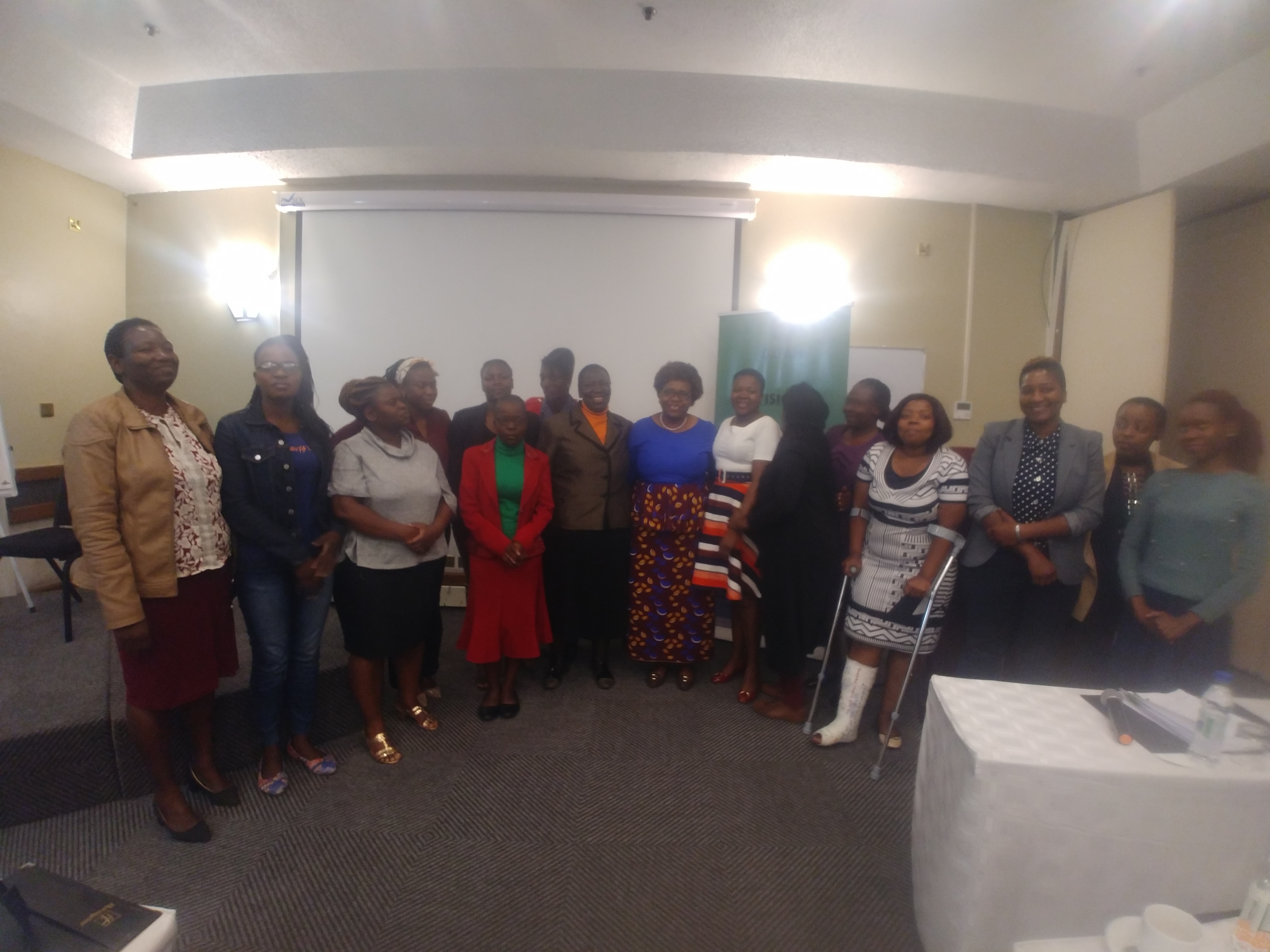Cyclone idai painted a worrying picture about Zimbabwe’s disaster preparedness and risk management framework, Miriam Chikukwa, the Chairperson of the Parliamentary Portfolio Committee on Local Government, Public Works and National Housing has said.
Dr. Jabusile Shumba, Oxfam Zimbabwe’s acting country Director reiterated the importance of this year’s theme that celebrates female aid workers who sacrifice everything, including their lives to deliver much needed assistance to vulnerable communities around the world.
“Notably, women are also often the first-time responders, and sadly their roles and voices are not given their place and their agency unrecognised. Oxfam is committed to ensure the humanitarian response system needs to challenge, than reinforce this inequality,” Dr. Shumba said.
Oxfam joined government efforts, working with development partners among the first responders to the Cyclone Idai disaster. Cyclone Idai has been recorded as the worst tropical cyclones on record to affect Africa and the Southern Hemisphere. In the Southern Hemisphere, Idai currently ranks as the second-deadliest tropical cyclone on record, behind the 1973 Flores cyclone that killed 1,650 off the coast of Indonesia.
The long-lived storm caused catastrophic damage in Mozambique, Zimbabwe, and Malawi, leaving more than 1,300 people dead and many more missing. In Zimbabwe, 341 were reported dead, 344 missing, and at-least 1654 catered for as internally displaced persons. Oxfam has been responding in Chimanimani and Chipinge offering lifesaving assistance in three sectors i.e. EFSVL, WASH and Gender and Protection reaching thousands in need of assistance.
“As we celebrate humanitarian aid workers let’s not forget the communities themselves are their own first time responders. Oxfam recognises the important role of government and local community structures as vital to ensure sustainability of response interventions, recovery and capacity to respond to future disasters In this desire, Oxfam commissioned a study to examine the impacts and review of the disaster response, to generate lessons and policy implications focusing on disaster risk preparedness, disaster response and disaster recovery. With increasing climate change and variability so are risks of climatic hazards, which sometimes turn into disasters because of poor preparedness,” Dr Shumba added.
In his analysis of the impact, responses and the implications for Post-Disaster Institutional Development in Zimbabwe, Dr. Kudzai Chatiza from the Development Governance Institute said there is need for a paradigm shift from the current national dependence on climate-sensitive land and related resources for development which makes the country increasingly vulnerable in such disasters like cyclone Idai.
“On the other hand, the policies and regulations for civil protection are inadequate. The Civil Protection Act (1989) is ill-adapted to current disaster risk reduction or disaster risk management (DRR/DRM) context. The public sector institutions are technically, financially and logistically under-resourced, thereby weakening the early warning, response planning and implementation capabilities to disasters. The national framework and practice characterised by disaster response focus is not a proactive approach. The socio-economic and institutional performance of our disaster preparedness is weakened by years of regression that undermines resilience at all levels. It is regrettable that relevant reforms are still pending. For example, the proposed Disaster Risk Management legislation is outstanding since 2011,” Dr. Chatiza said.
